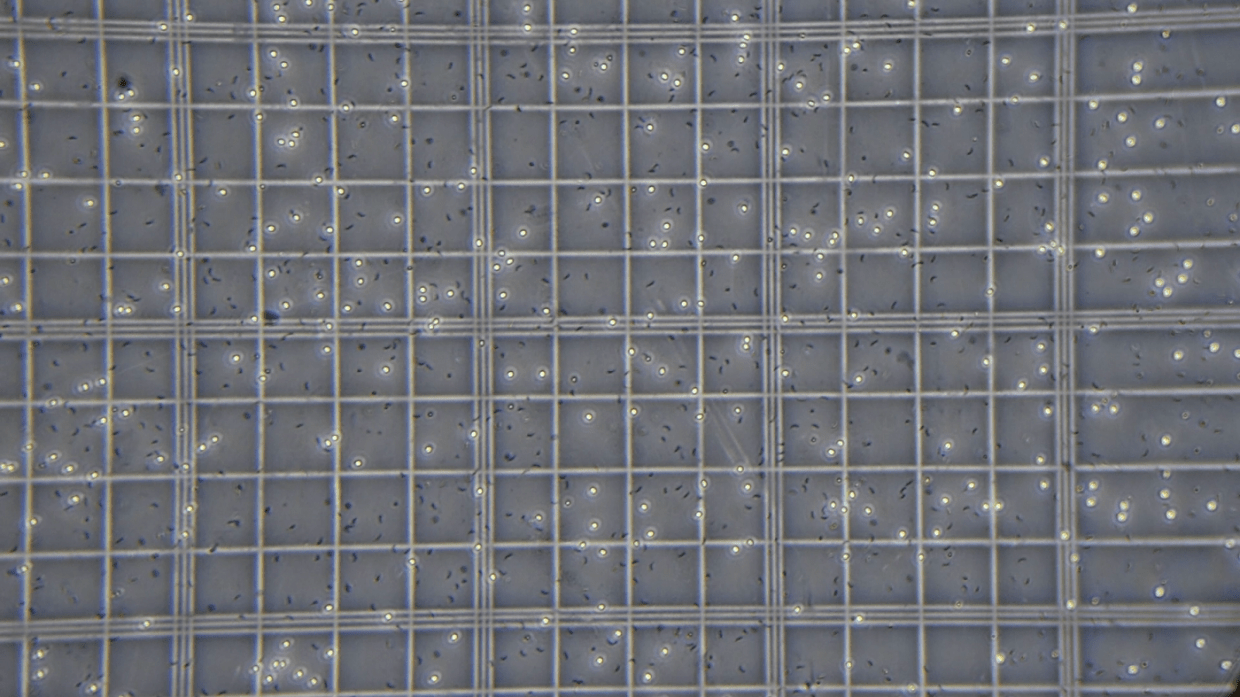Lockdown effect on cryptosporidiosis in New Zealand
The latest Paper of the Month for Parasitology is “Absence of Cryptosporidium hominis and dominance of zoonotic Cryptosporidium species in patients after Covid-19 restrictions in Auckland, New Zealand” and is freely available for one month.
Cryptosporidium species are intestinal parasites that infect a wide range of vertebrate host species, causing a considerable burden of gastrointestinal disease. Cryptosporidium infections in humans are mostly caused by two species: C. hominis, which is primarily transmitted from human-to-human, and C. parvum, which is mainly derived from animals, particularly livestock. Understanding which kinds of Cryptosporidium infect people is crucial for linking cases to outbreaks and identifying risk factors for infection. To do this, researchers in our lab receive clinical samples from cryptosporidiosis cases throughout New Zealand and use extracted DNA sequences to identify which Cryptosporidium species and subtype families are causing disease. For example, this work has shown clear seasonal patterns of human Cryptosporidium infection, with C. hominis infections peaking during late summer, associated with increased recreational water use and C. parvum in spring, associated with dairy calving season and exposure to infected animals. During 2020, as part of our ongoing monitoring, we noticed a dramatic reduction in cases of C. hominis (the human-to-human transmitting species). Our recent paper came about when we began to investigate this further and speculated on a possible link with the Covid-19 control measures we were experiencing at the time.
Covid-19 nonpharmaceutical interventions have been effective control measures for a range of respiratory illnesses throughout the world. These measures, which include isolation, strict border controls, social distancing and improved hygiene also have effects on other human pathogens, including parasitic diseases of the gut such as cryptosporidiosis. New Zealand’s initial Covid-19 control measures began in March 2020 and were among the strictest in the world, with a nationwide lockdown period of more than 7 weeks. By monitoring Cryptosporidium species and subtype families in human cases of cryptosporidiosis before and after the introduction of Covid-19 control measures, we found C. hominis infections to be completely absent after the first months of 2020 and they remained so until the beginning of 2021. Meanwhile, C. parvum (the animal derived species) followed its typical transmission pattern and continued to be widely reported.
These results suggest that isolation during the initial lockdown period interrupted human-to-human transmission of cryptosporidiosis caused by C. hominis, leaving only the primarily zoonotic transmission pathway used by C. parvum. We are particularly heartened by the sustained absence of C. hominis and propose that the ongoing 14-day quarantine measures for new arrivals or returning travellers to New Zealand have prevented new incursions of C. hominis from overseas (incidentally, 14 days is the typical incubation and infection period for Cryptosporidium). Interestingly, we also observed that previous C. hominis cases match the most common global subtype families, but that several rarer subtypes occurred sporadically and did not reappear, consistent with international introduction of C. hominis infections in New Zealand prior to 2020. Overall, our findings suggest that C. hominis infections may be controlled or even eradicated from New Zealand. We are looking forward to reporting our ongoing monitoring of Cryptosporidium species and subtypes, particularly as border restrictions ease.

The paper “Absence of Cryptosporidium hominis and dominance of zoonotic Cryptosporidium species in patients after Covid-19 restrictions in Auckland, New Zealand” by M. A. Knox, J. C. Garcia-R, P. Ogbuigwe, A. Pita, N. Velathanthiri and D. T. S. Hayman, published in Parasitology, is freely available for one month.




